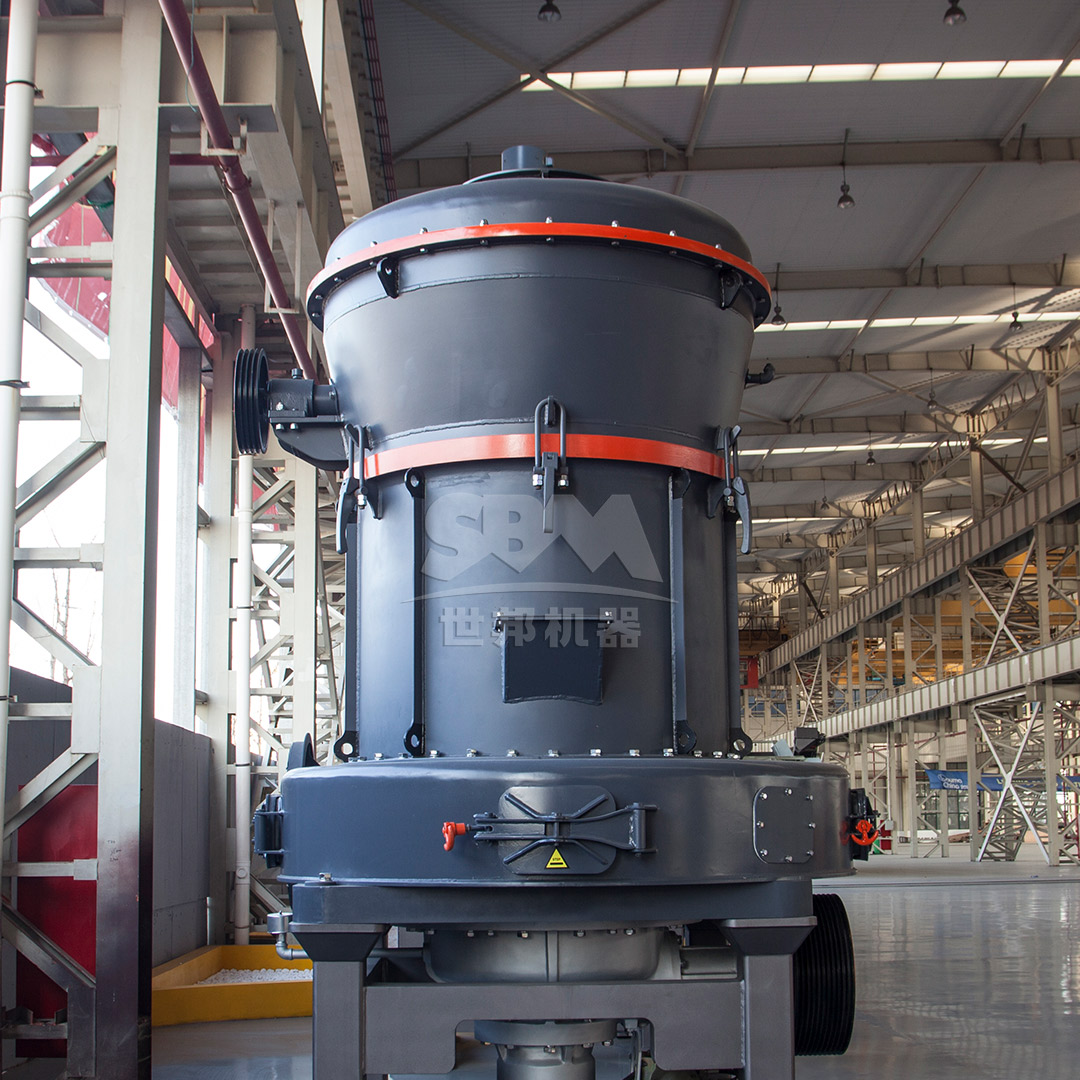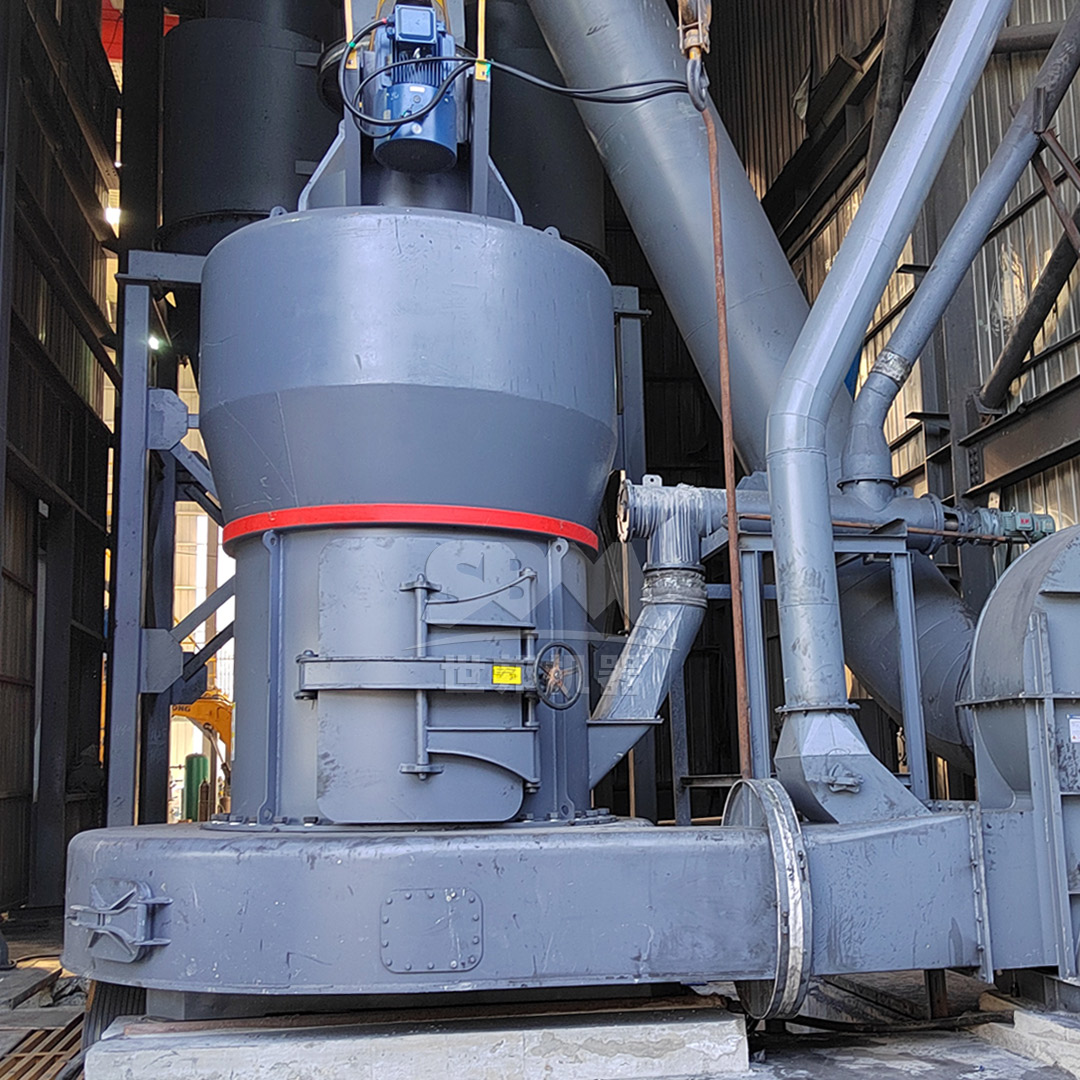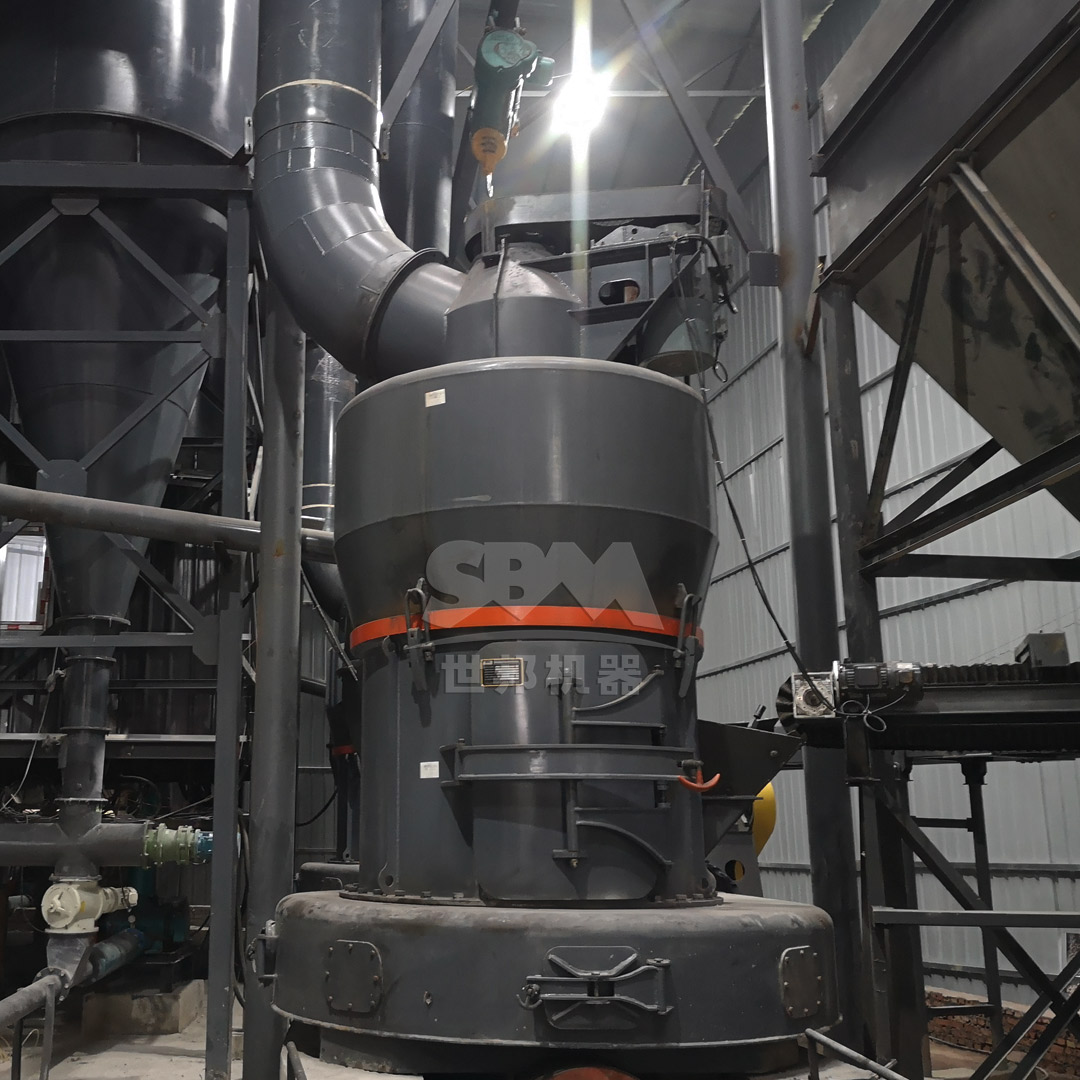Agricultural lime, also known as aglime, plays a vital role in modern farming by neutralizing soil acidity and providing essential calcium and magnesium to crops. The production of high-quality agricultural lime requires specialized grinding equipment capable of processing limestone into fine powders with specific particle size distributions. Selecting the right limestone roller mill is crucial for achieving optimal product quality, production efficiency, and operational economy. This comprehensive guide explores the key factors to consider when choosing a limestone roller mill for agricultural lime production.

Before selecting a roller mill, it’s essential to understand the specific requirements for agricultural lime. The effectiveness of aglime depends largely on its fineness and chemical composition. Finer particles react more quickly with soil acids, providing faster correction of soil pH. Most agricultural standards require lime to pass through specific mesh sizes, typically ranging from 8 to 100 mesh, with a significant portion in the finer ranges for rapid reactivity.
The neutralizing value (NV) of lime is another critical factor, which is influenced by the purity of the limestone and the grinding process. A good roller mill should preserve the chemical properties of limestone while achieving the desired physical characteristics.
Agricultural lime specifications typically require:
The required production capacity is one of the primary considerations when selecting a limestone roller mill. Agricultural lime production facilities vary significantly in scale, from small regional operations producing a few tons per hour to large industrial plants requiring hundreds of tons daily. Carefully assess your current and future production needs, considering factors such as:
The physical and chemical properties of your limestone feedstock significantly influence mill selection. Key considerations include:
Different agricultural applications may require specific product characteristics:
| Application Type | Recommended Fineness | Typical Production Rate | Special Requirements |
|---|---|---|---|
| Quick-acting Lime | 80% passing 100-mesh | Medium to High | Uniform particle distribution |
| Standard Aglime | 50% passing 60-mesh | High | Cost-effective production |
| Dolomitic Lime | 60% passing 60-mesh | Medium | Minimal iron contamination |
| Pelletized Lime Binder | 95% passing 100-mesh | Low to Medium | Ultra-fine particles |
Energy consumption represents a significant portion of operating costs in lime production. Modern roller mills offer substantial advantages over traditional grinding systems:
Beyond the initial investment, consider the total cost of ownership:
Vertical roller mills have become the preferred choice for many agricultural lime producers due to their high efficiency and versatility. These mills combine grinding, drying, and classification in a single compact unit, offering several advantages:
For agricultural lime production, we particularly recommend our LM Series Vertical Roller Mill, which offers exceptional performance characteristics specifically suited for limestone processing. The LM series features a sophisticated grinding system that ensures consistent product quality with minimal energy consumption.
Key advantages of our LM Series Vertical Roller Mill for agricultural lime:
With multiple models available, from the LM130K with 10-28 t/h capacity to the high-capacity LM280K handling 50-170 t/h, the LM series can accommodate operations of any scale while maintaining precise control over product fineness from 170-45μm (80-325 mesh).

Trapezium mills offer a robust solution for medium to high capacity lime production facilities. These mills feature a unique grinding mechanism that provides stable operation and consistent product quality. Our MTW Series Trapezium Mill represents the latest development in this technology, specifically engineered for limestone applications.
Notable features of our MTW Series Trapezium Mill:
The MTW series offers capacities from 3-45 tons per hour across various models, with the MTW215G model representing the high-capacity option for large-scale agricultural lime production. The mill’s advanced internal classification system ensures precise control over product fineness from 30-325 mesh, making it ideal for producing lime that meets stringent agricultural specifications.
For producers targeting specialty markets requiring ultra-fine agricultural lime, advanced grinding systems offer unique capabilities. Our SCM Ultrafine Mill provides exceptional performance for producing high-value lime products with superior reactivity.
Distinguishing characteristics of our SCM Ultrafine Mill:
With the ability to produce powders from 325-2500 mesh (D97≤5μm), the SCM series meets the most demanding specifications for reactive agricultural lime. Multiple models are available, from the compact SCM800 with 0.5-4.5 t/h capacity to the high-production SCM1680 handling 5.0-25 t/h.
| Mill Type | Typical Capacity Range | Energy Consumption (kWh/t) | Product Fineness Range | Best Application |
|---|---|---|---|---|
| Vertical Roller Mill | 3-250 t/h | 12-18 | 30-325 mesh | Large-scale production |
| Trapezium Mill | 3-45 t/h | 15-22 | 30-325 mesh | Medium-scale production |
| Ultrafine Mill | 0.5-25 t/h | 25-40 | 325-2500 mesh | Specialty high-value lime |
| Ball Mill | 0.65-450 t/h | 20-30 | 0.074-0.8mm | Traditional operations |
Proper feed system design is critical for optimal mill performance. Key considerations include:
Efficient product collection ensures maximum yield and consistent quality:
Modern agricultural lime plants must address environmental concerns:

Evaluating the total capital investment requires considering:
Understanding the complete operating cost structure is essential:
A comprehensive ROI analysis should include:
Successful mill implementation requires careful planning:
Comprehensive training ensures safe and efficient operation:
A structured maintenance program maximizes equipment availability:
The agricultural lime industry is embracing digital transformation:
Environmental considerations are increasingly important:
Market demands are driving product development:
Selecting the appropriate limestone roller mill for agricultural lime production requires careful consideration of multiple factors, including production requirements, material characteristics, product specifications, and economic objectives. Our comprehensive range of grinding equipment, particularly the LM Series Vertical Roller Mill and MTW Series Trapezium Mill, offers solutions tailored to the specific needs of agricultural lime producers.
The LM Series Vertical Roller Mill stands out for large-scale operations requiring high efficiency and low operating costs, while the MTW Series Trapezium Mill provides excellent performance for medium-scale production with its advanced wear protection and optimized air flow design. For specialty applications requiring ultra-fine products, our SCM Ultrafine Mill delivers unparalleled performance in the finest particle size ranges.
By understanding your specific production requirements and carefully evaluating the available technologies, you can select a limestone roller mill that will deliver years of reliable service, consistent product quality, and optimal economic return. We recommend consulting with our technical experts to conduct a thorough analysis of your specific application and identify the ideal solution for your agricultural lime production needs.